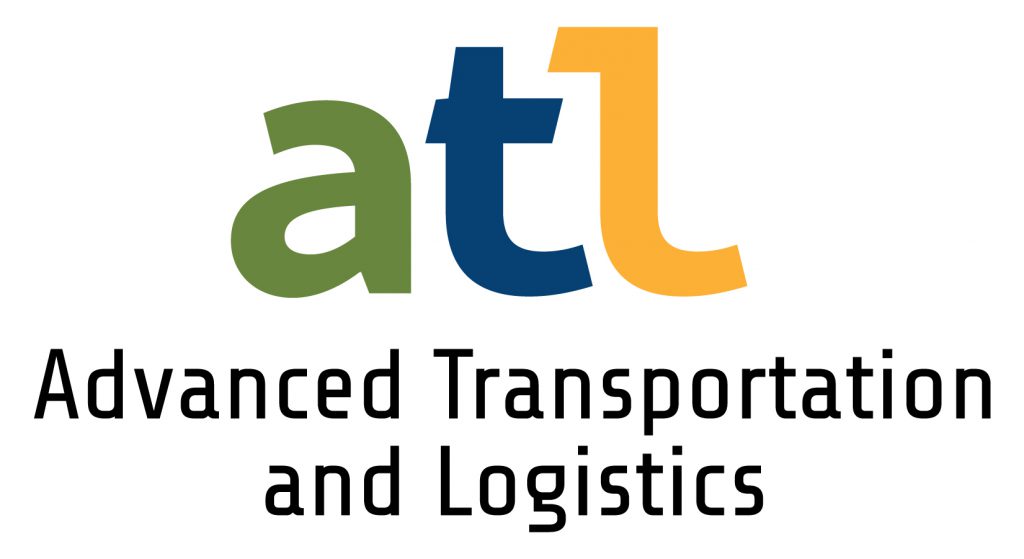Christopher Martin and Jonathan Crawford, Bloomberg Business
California’s power grid could handle taking 100 percent of its supply from renewables such as wind and solar, and meeting the goal for half that amount will be no problem, the state’s chief energy regulator said. Governor Jerry Brown in January set one of the world’s most ambitious targets for cleaning up power generation, saying 50 percent of supply should come from renewables by 2030, a dramatic increase from the current goal of 33 percent by 2020. He didn’t make clear how the goal could be achieved.Michael Picker, president of the California Public Utilities Commission, said the grid already is comfortably managing solar and wind energy that reached as much as 40 percent of the total a few days last year. In the years ahead, authorities can add the flexibility needed to manage power that flows only when the wind blows or the sun shines.
“We could get to 100 percent renewables,” Picker said at the Bloomberg New Energy Finance summit in New York on Tuesday. “Getting to 50 percent is not really a challenge.”
The remark adds to evidence that grid managers can work with the variable flows of power that come from renewables, undercutting the argument from coal producers and some utilities that clean energy will damage energy security.
Germany got about 28 percent of its electricity from renewables last year, making it the biggest economy to rely on wind and solar.
Grid Balancing
Picker said that by placing renewable energy resources where they’re needed most to support the grid and shipping excess supplies to neighboring states, California can absorb more variable power flows than it is now.
“We’re generating cash from selling off excess,” he said. “On at least two occasions last year, for extended periods of the day, we actually met 40 percent of the state’s electrical needs through renewables.”
Sales of excess wind and solar power to Nevada totaled $4 million in the first two months of this year, he said. Utility regulators from New York to California are now considering changes to the traditional utility business model that would develop markets that attract solar and wind to the places on the grid that need it most. Cheaper energy storage will also help support the surge in intermittent resources.
“We actually have the technical problem of too damn much electricity on occasion,” Picker said. “We’ve had to curtail renewables on top of curtailing just about everything else except for the nukes.”
Read original article here.


